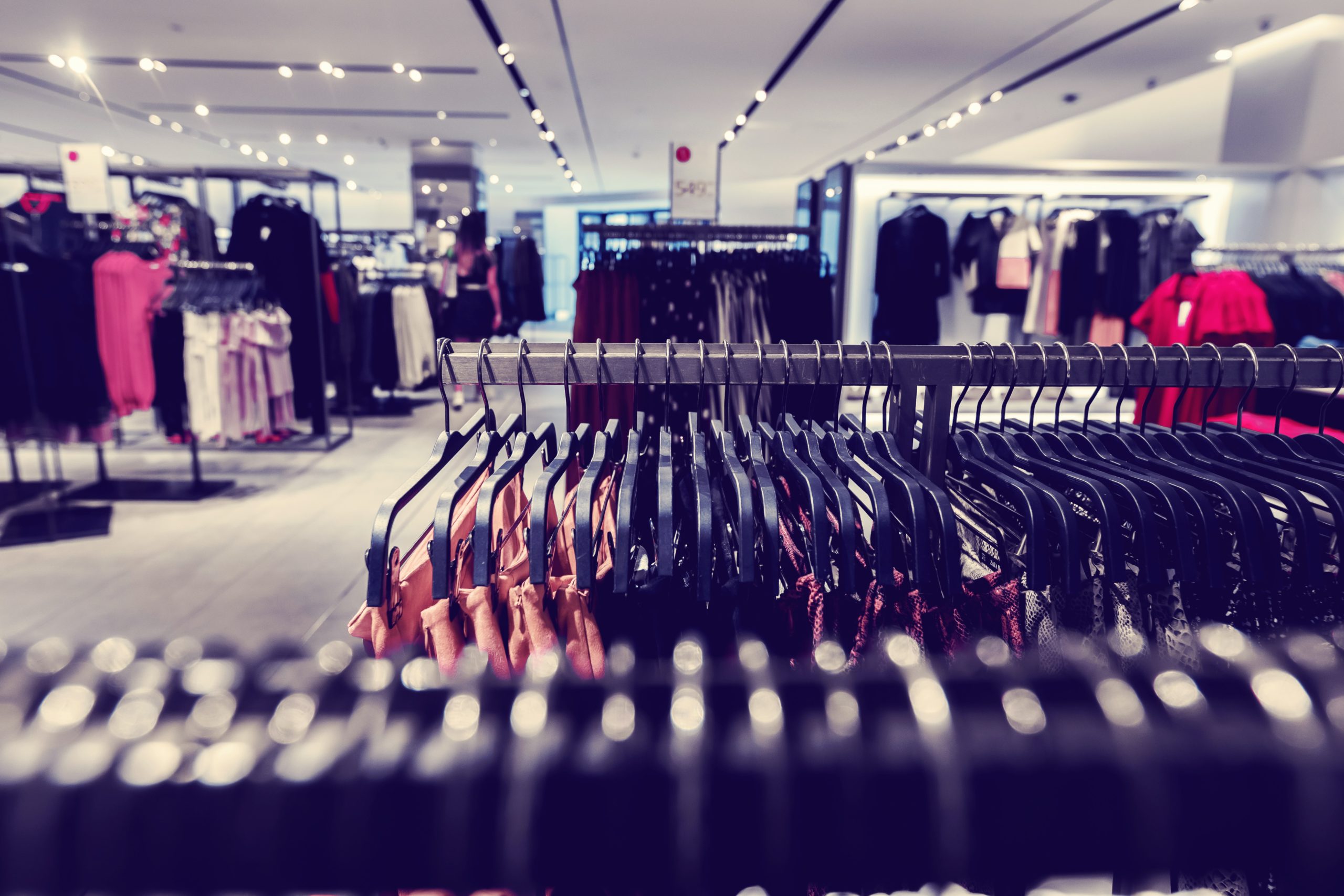The pain of shopping in-person presents opportunities for entrepreneurs well-versed in retail tech, and for retailers wanting to protect their margins as we move towards the Metaverse, a reason to invest in their online presence. Mercia’s Lee Lindley catalogues his own experience and why retail needs a better UX.
They say every cloud has a silver lining, and one upside from COVID-19 was that it provided a reason for me to avoid being dragged around the shops for two whole years. It is fair to say that I have never really been a keen shopper — the only reason I ever endure a trip to IKEA is because there’s meatballs and coffee waiting for me if I can make it to the end. But one thing two years of national lockdowns and social distancing restrictions have done is given people a chance to think twice about activities that used to be undertaken purely out of habit or because that’s the way they’ve always been done. And when you really think about it, in-person shopping is more often than not an unsatisfying or stressful experience when compared to buying things online.
However, given that pandemic restrictions have now eased, my wife and I decided to ‘get back to normal’ last weekend and go shopping in person, rather than online. I didn’t buy everything I wanted to, but what I did leave the shopping centre with was a feeling that just like working in the office five days a week, shopping in-person like we used to pre-pandemic should probably never come back, or at least not in its current format.
As a venture capital investor for Mercia’s Northern VCTs, I often ask companies pitching to the fund “what problem are you solving?” So driving home, I reflected where the pain points were during my first post-pandemic visit to a shopping centre:
- Literally not knowing what would be in stock and available to buy until we’d driven an hour to the shopping centre, and if things were in stock, if they would be available in the correct size.
- Quickly becoming a hot, sticky mess after walking around indoors for more than 10 minutes in a winter coat.
- Having to spend hours shopping in a loud, busy, crowded and hectic shopping environment.
- Needing to carry around heavy and bulky bags full of the things we wanted to buy or had previously bought as we shopped.
- Not knowing the price of a number of items in some stores until we’d asked a member of staff for help, or had actually taken the products to the till to pay.
- Enduring huge queues at the till once we’d got there.
Although cantankerous, these reflections left me in no doubt that shopping online remains a far more rational and pleasant experience for me than having to show up in person.
I admit there are of course some advantages to visiting physical stores, such as when trying to buy clothes in the right fit and size, for when you want to physically see something before you buy it, or if you don’t have a specific purchase in mind and are instead happy to browse the options on offer. These benefits will ultimately save physical locations from extinction entirely.
But there is no doubt that traditional retailers will need to change how they deliver in-person shopping in the coming years so that the in-store consumer experience is as friction-free and pleasurable as the one online. There are a number of potential routes this could take, whether that is the introduction of till-free stores, a hybrid model of physical showrooms and online purchases with same day delivery, or even the use of virtual showrooms and VR shopping experiences within the Metaverse. Some of these solutions already exist (e.g. Apple Stores, Tesla and IKEA use some of these approaches already), but these are hardly widespread.
Alongside this, online stores will also need to continue to evolve in order to deliver some of the benefits customers get from in-store shopping, such as effective search functions to help customers easily find what they’re looking for, highly-tuned recommendations engines that recreate the pleasure of finding an unexpected item to buy, or the social joy that comes from going shopping with friends and family and enjoying a bowl of meatballs once you’re done.
Any potential changes to retail shopping experience are going to need the ingenuity and drive of startups and their founders to make them a reality, and the backing of long-term supportive investors such as our teams here at Mercia. I can’t wait to see what people come up with — especially if it means I’ll eventually get to spend another two years not being dragged around the shops, but this time out of choice rather than necessity.
